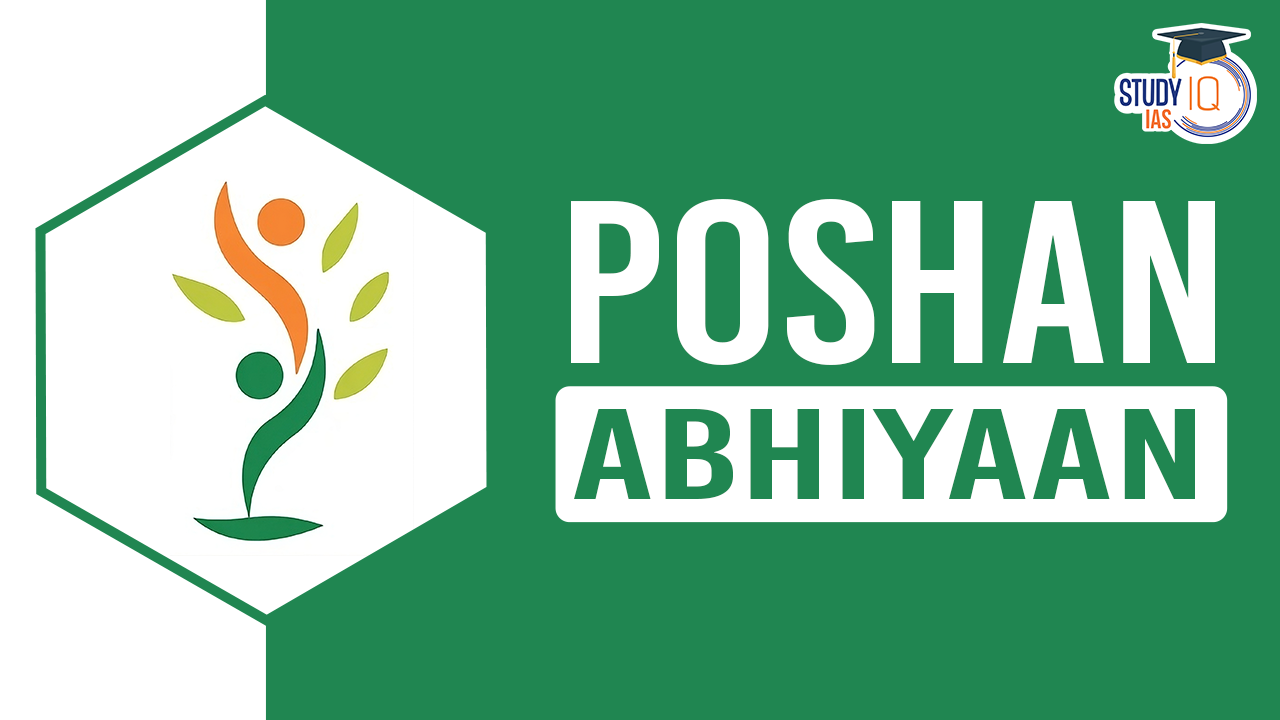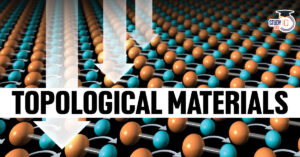Table of Contents
Poshan Abhiyaan, also known as the National Nutrition Mission, was launched by Prime Minister Narendra Modi on March 8, 2018, with the aim of eradicating malnutrition in India. This flagship program targets to improve nutritional outcomes for children, pregnant women, and lactating mothers. The initiative has garnered nationwide attention, especially after its significant revamp into POSHAN 2.0, which seeks to consolidate the efforts towards achieving holistic nourishment. Here’s a closer look at the features, achievements, and future prospects of Poshan Abhiyaan and POSHAN 2.0.
What is Poshan Abhiyaan?
Poshan Abhiyaan (PM’s Overarching Scheme for Holistic Nourishment) is a comprehensive strategy for nutrition improvement in India. It focuses on systematically addressing malnutrition, involving various ministries, state governments, and multiple stakeholders to ensure better delivery and outreach of nutritional support.
The mission primarily focuses on the nutritional status of adolescent girls, pregnant women, lactating mothers, and children from 0-6 years of age. This life-cycle approach is intended to break the vicious cycle of malnutrition by ensuring better care from the earliest stages of life.
Key Features of POSHAN Abhiyaan
| About Poshan Abhiyaan | |
| Program Name | POSHAN Abhiyaan (National Nutrition Mission) |
| Launch Date | March 2018 |
| Target Population | Children (0–6 years), pregnant women, lactating mothers, adolescent girls |
| Objectives |
|
| Education Focus | Public awareness about malnutrition and providing solutions |
| Helpline Numbers |
|
- Objective: The primary goal is to improve nutritional outcomes for children, pregnant women, and lactating mothers.
- Approach: The program adopts a synergized and result-oriented approach to maximize nutritional benefits.
- Mission Poshan 2.0: Launched for maximizing nutritional outcomes, it subsumes POSHAN Abhiyaan, the Supplementary Nutrition Programme under Anganwadi Services, and the Scheme for Adolescent Girls.
- Components: The initiative includes components such as social and behavioural change communication (SBCC) to address malnutrition comprehensively.
- Guidelines: Streamlined guidelines were issued on January 13, 2021, to ensure transparency, efficiency, and accountability in the delivery of supplementary nutrition. District Magistrates play a crucial role in monitoring nutritional status and quality standards.
- Community Engagement: The program emphasizes community-based events, Poshan Maah, Poshan Pakhwada, and Jan Andolan activities to motivate field functionaries and beneficiaries for improved nutrition outcomes.
- Training: Over 10 lakh field functionaries, including Anganwadi Workers, have been trained on key aspects of the scheme, with a focus on nutritional counselling.
- Results: Regular progress reports, including the December 2018 report by NITI Aayog, highlight the achievements and impact of POSHAN Abhiyaan in addressing malnutrition.
- Convergence: The program encourages convergence with various ministries, departments, and stakeholders to ensure a holistic and effective approach.
- Behavioural Change: Social and behavioural changes are instigated through community-based events, sensitization activities, and continuous behaviour change interventions.
Need for Poshan Abhiyan
India continues to face significant challenges in addressing malnutrition and anaemia among children, as highlighted by various recent reports:
NFHS-5 (2019-21)
- Stunting: 35.5% of children under five years old were reported as stunted.
- Underweight: 32.1% of children under five years were found to be underweight.
Global Nutrition Report-2021
No Progress: India made no progress in addressing anaemia and childhood wasting. Childhood Wasting: Over 17% of Indian children under 5 years suffer from childhood wasting.
NFHS-5 Anaemia Data
Anaemia Spike: The data revealed a notable increase in anaemia among children aged 6-59 months, rising from 58.6% (NFHS-4, 2015-16) to 67.1% (NFHS-5, 2019-21).
Human Capital Index (2020)
India’s Ranking: Ranked 116 out of 180 countries on the Human Capital Index. Human Capital Definition: The index measures the knowledge, skills, and health accumulated by individuals over their lives, crucial for realizing their potential as productive members of society.
Rashtriya Poshan Maah
The Rashtriya Poshan Maah is observed annually in September under the umbrella of POSHAN Abhiyaan. This month-long initiative centres around various activities aimed at promoting antenatal care, optimal breastfeeding, addressing anaemia, monitoring growth, advancing girls’ education, emphasizing the right age for marriage, advocating hygiene and sanitation practices, and encouraging the consumption of healthy and fortified foods.
Poshan Vatika
Poshan Vatika refers to a small piece of land cultivated by households to cultivate vegetables, aiming to safeguard family members, especially children and women, from malnutrition. The primary goal is to secure a nutritional supply through the homegrown, organic cultivation of vegetables and fruits while concurrently maintaining the health of the soil.
The implementation of Poshan Vatikas involves collaborative efforts from various stakeholders. Plantation drives for these nutritional gardens will be conducted in available spaces within anganwadis, school premises, and gram panchayats.
Poshan Tracker Application
Recently the Union Ministry of Women and Child Development (MoWCD) has announced that all Anganwadi Centres across India are now registered on the POSHAN Tracker application.
![]()
- Poshan Tracker Application is a mobile application to monitor and track the progress of the Poshan Mission, focusing on nutrition services for children, pregnant women and lactating mothers.
- It aims to enhance transparency, efficiency and accountability in nutrition service delivery.
- It is part of Mission Saksham Anganwadi and POSHAN 2.0.
POSHAN 2.0
The government has consolidated various programs with similar objectives, such as the Supplementary Nutrition Programme and POSHAN Abhiyaan, under the unified Mission POSHAN 2.0. This initiative aims to create synergies in operations and adopt an integrated approach within the nutrition services mechanism.
Key Components
- Convergence: Mission POSHAN 2.0 strives to ensure the convergence of all nutrition-related schemes of the Ministry of Women and Child Development (MWCD) on the target population. The initiative will facilitate the integration of various programs.
- ICDS-CAS (Integrated Child Development Services – Common Application Software): The tracking of nutritional status will be performed using software-based solutions.
- Behavioural Change: The mission will operate as a Jan Andolan, emphasizing mass participation. Monthly community-based events will be organized to raise awareness and address relevant issues.
- Incentives: Front-line workers will be provided incentives based on their performance, encouraging active participation.
- Training and Capacity Building: An Incremental Learning Approach will be adopted, teaching 21 thematic modules. Master Trainers will impart training to front-line workers.
- Grievance Redressal: To streamline access to solutions for any issues faced, a call centre will be established for effective grievance redressal.
Poshan Abhiyaan Achievements
Some of Poshan Abhiyaan’s achievements include:
- Reducing stunting: Stunting has decreased from 38.4% to 35.5%.
- Reducing wasting: Wasting has decreased from 21.0% to 19.3%.
- Reducing underweight prevalence: Underweight prevalence has decreased from 35.8% to 32.1%.
- Mapping out interventions: The Abhiyaan has mapped out the high-impact interventions of 18 ministries and departments.
- Integrating action plans: Each ministry and department prepares an action plan related to nutrition and integrates it with its ongoing activities.
- Leveraging technology: The Abhiyaan has shown that technology can be used for real-time monitoring of large-scale health and nutrition programs.
- Convergence meetings: State, district, and block-level convergence meetings are held regularly in most states and union territories.
- Millet activities: In 2023, more than 1 crore millet-centric activities were taken up across India.
Poshan Abhiyaan UPSC
Launched in March 2018, POSHAN Abhiyaan is India’s flagship nutrition program, targeting children, and pregnant/lactating women. It aims to reduce malnutrition, stunting, and anaemia. Components include Jan Andolan, training, and grievance redressal. Mission POSHAN 2.0 integrates schemes for better impact, emphasizing convergence, behavioural change, and incentives. Despite achievements, challenges persist, as indicated by high malnutrition rates and India’s 116th rank in the Human Capital Index. Rashtriya Poshan Maah, Poshan Vatika, and technological interventions further support the cause.


 Topological Materials: The Future of Qua...
Topological Materials: The Future of Qua...
 China’s Deep Sea Station in South Chin...
China’s Deep Sea Station in South Chin...
 Project ICE-CRUNCH: India-Switzerland Co...
Project ICE-CRUNCH: India-Switzerland Co...





















